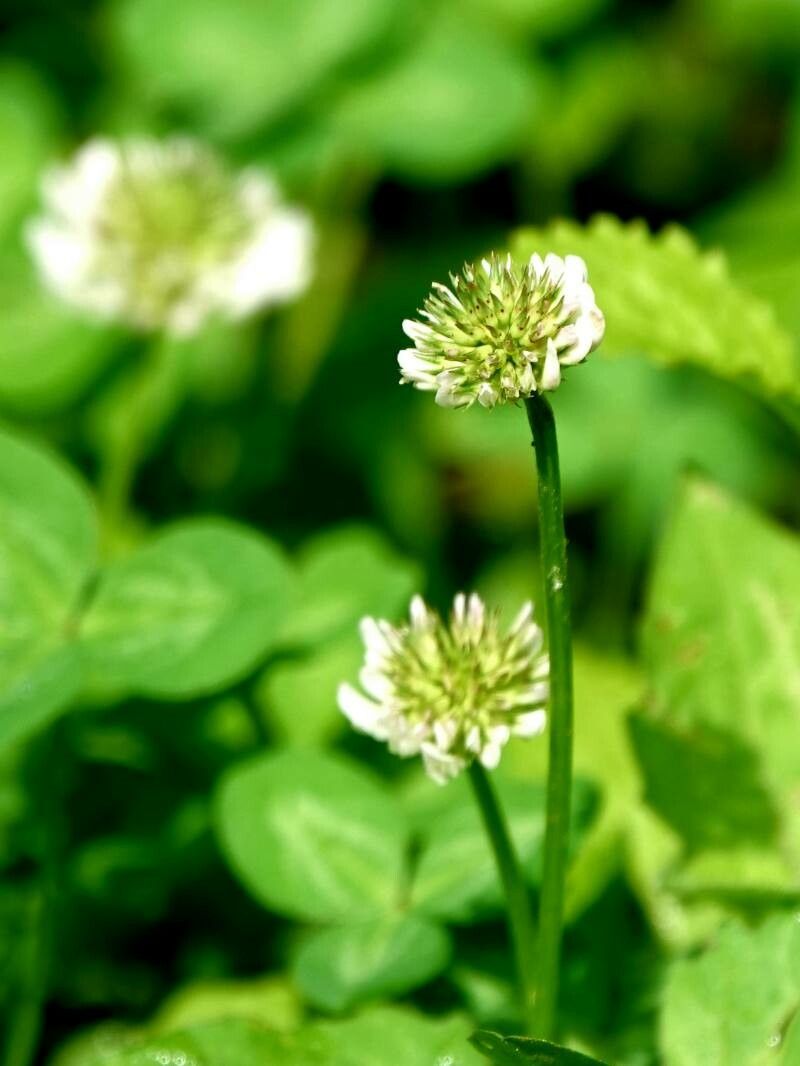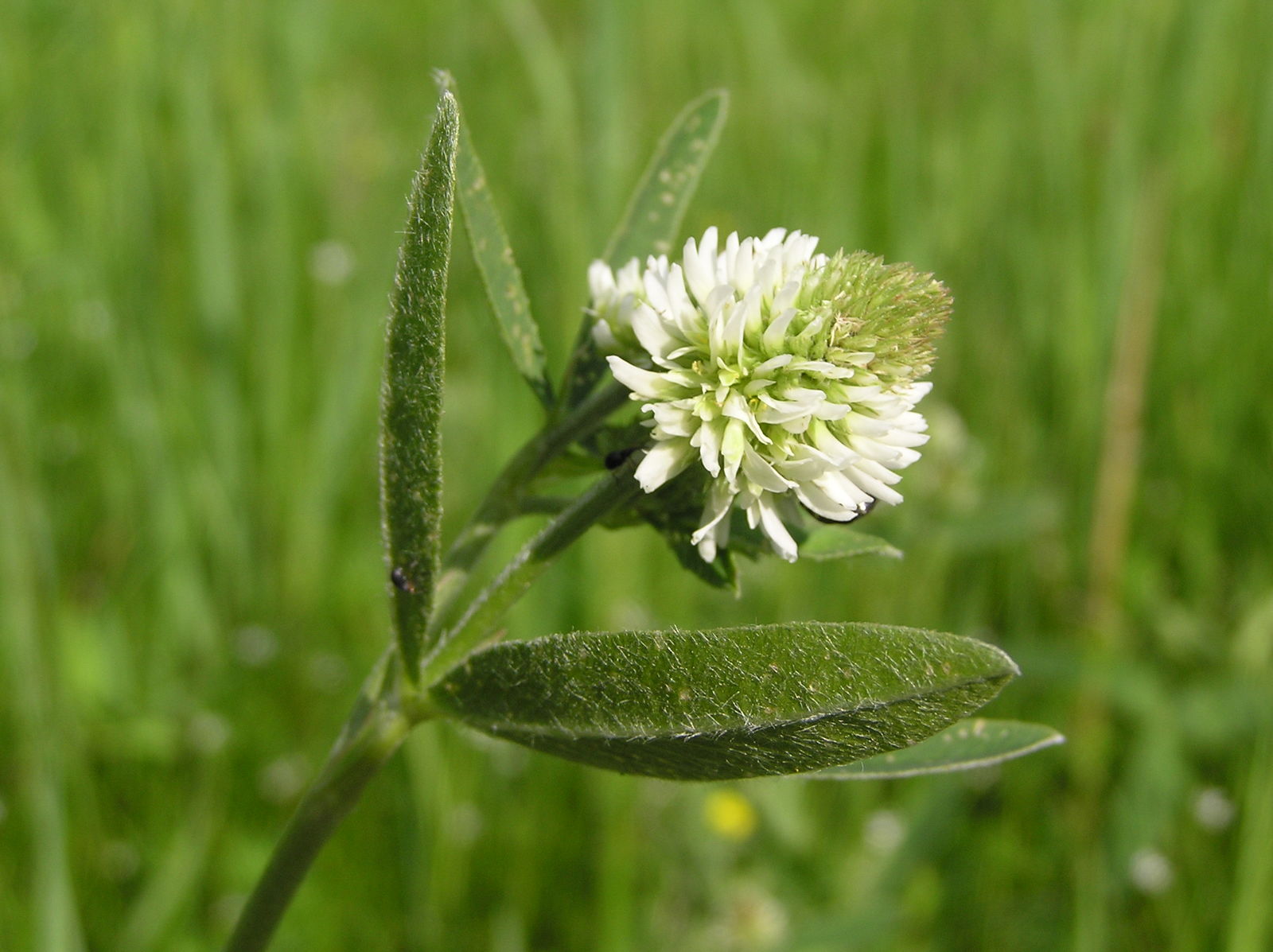Mountain Clover
trifolium montanum
Also known as: ["Alpine Clover","White Mountain Clover"]
Overview
A perennial herbaceous plant native to mountainous regions of Europe, characterized by its white or pale pink flowers and trifoliate leaves.
Benefits & Perks
["wildlife attractant (bees, butterflies, birds)","drought tolerant","shade tolerant"]
Botanical Classification
| Phylum: | Magnoliophyta |
| Class: | Magnoliopsida |
| Order: | Fabales |
| Family: | Fabaceae |
| Genus: | Trifolium |
| Botanical Name: | Trifolium montanum |
Plant Characteristics
Basic Information
- Category: Flowers
- Suitable Location: rock gardens, borders, or open meadows
- Suitable For:
- Is Weed: No
- Allergenicity: low
Environmental Needs
- Climate: {"temperatureRange":"5–30°C"}
- Hardiness: {"zones":"4–7"}
- Misting: rarely required, only if ambient humidity is very low
- Drainage: Fast-draining to prevent waterlogging.
- Soil Type: Well-draining, loamy soil with added organic matter; avoid heavy clay soils.
Maintenance Level
- Maintenance Level: low
- Toughness Level: moderate
- Pruning Frequency: Light pruning can be done as needed; major pruning in late winter or early spring before new growth begins.
- Pruning Intensity: Light to moderate; avoid heavy pruning unless necessary to control size or shape.
Care Details
Ideal Sunlight Coverage:
Full sun to partial shade; 6–8 hours of direct sunlight per day, with some afternoon shade in hot climates.
Sunlight Tolerance Tips:
Acclimate plants gradually to intense sunlight; protect from harsh midday sun; adjust placement based on seasonal light changes.
Care Requirements
Care Difficulty
easymoderate
Sunlight
full sun to partial shade
Rotate plant for even growth; use sheer curtains to filter intense light; avoid placing in drafty areas.
Watering
every 7–10 days during active growth, reduce in winter
Water thoroughly but infrequently; ensure good drainage; avoid wetting foliage.
Soil
well-draining, loamy soil with moderate organic content
pH: Slightly acidic to neutral, pH 6.0–7.0.
Use a mix of potting soil and perlite; avoid overwatering; test soil pH periodically.
Temperature
Cool to moderate temperatures, ideally 60–75°F (15–24°C); tolerates cooler nights but avoids extreme heat.
Monitor temperature fluctuations; use shade cloth in summer; protect from frost in winter.
Fertilizing
every 4–6 weeks during spring and summer
Apply fertilizer to moist soil to prevent root burn; flush soil occasionally to prevent salt buildup; stop fertilizing in fall.
Propagation
Methods
Stem cuttings or division; stem cuttings are more common for home growers.
Step-by-Step Propagation Guide
- Take a 4–6 inch cutting.
- Remove lower leaves.
- Dip in rooting hormone (optional).
- Plant in moist medium.
- Keep warm and humid.
Best Time: Spring or early summer when the plant is actively growing.
Environment
Warm, humid environment with indirect light; maintain consistent moisture.
Medium
Well-draining potting mix, such as a mix of peat, perlite, and sand.
Hormone
Rooting hormone is optional but can improve success rates.
Timeline
Roots may develop in 2–4 weeks; new growth may appear in 6–8 weeks.
Tools Needed
Pruning shears, rooting hormone, small pots, well-draining soil mix.
Quick Tips
Use clean tools to prevent disease; maintain high humidity with a plastic cover; keep out of direct sunlight.
Pruning & Repotting
Pruning Guide
Method
Pinch back tips to encourage branching; remove dead or yellowing leaves; trim back overgrown stems.
Pruning Plan
Prune to maintain shape, encourage bushier growth, and remove dead or diseased parts.
Tools
Pruning shears, clean scissors, gloves.
Checklist
Use clean tools; prune dead or diseased parts; shape as needed; dispose of clippings properly.
Repotting Guide
Best Season
Early spring before active growth begins.
Pot Size
Choose a pot one size larger than the current one, with a diameter 2–3 inches wider.
Method
Gently remove the plant; trim any circling roots; place in a new pot with fresh soil; water lightly after repotting.
Suggestions
Repot every 2–3 years or when the plant becomes root-bound; beneficial for maintaining vigor.
Checklist
Select appropriate pot; prepare fresh soil mix; handle roots carefully; water after repotting; place in appropriate light.
Advanced Care Tips
Watering Mastery
Watering Checklist
Check soil moisture; water deeply; ensure drainage; avoid wetting leaves.
How to Apply Water Properly
Water at the base of the plant, ensuring moisture reaches the root zone; allow excess water to drain away; water in the morning to reduce evaporation and fungal risk.
Watering Schedule Tips
Water deeply once the top inch of soil is dry; reduce frequency in winter to prevent root rot.
Soil Improvement
Add perlite or sand for drainage; incorporate compost for fertility; ensure good aeration by avoiding compacted soil.
Temperature Stress Management
Signs of Temperature Issues
Wilting, yellowing leaves, stunted growth, or bud drop in response to temperature stress.
Cold Stress
Slows growth, may cause leaf discoloration, and increases susceptibility to diseases in prolonged cold.
Solution: Provide frost protection in cold climates; ensure good air circulation; avoid overwatering in cool conditions.
Hot Stress
Leaves may scorch, wilt, or drop; growth may slow or stop in excessive heat.
Solution: Provide shade during peak heat; increase humidity; water more frequently but avoid waterlogging.
Fertilizing Guide
Fertilizing Checklist
Use diluted fertilizer; apply during growing season; avoid winter feeding; flush soil periodically.
Fertilizing Method
Use a balanced, water-soluble fertilizer diluted to half strength; fertilize every 4–6 weeks during the growing season (spring and summer); avoid fertilizing in winter.
Common Problems & Solutions
Toxicity Warning
Cats
Non-toxicTrifolium montanum is not considered toxic to cats. The plant does not contain known toxic substances that would harm felines upon ingestion or contact.
⚡ Toxic If:
Generally non-toxic
Dogs
Non-toxicTrifolium montanum is not considered toxic to dogs. There are no known toxic compounds in this plant that would pose a risk to canine health when ingested or touched.
⚡ Toxic If:
Generally non-toxic
Humans
Non-toxicTrifolium montanum is not considered toxic to humans under normal circumstances. It is not known to produce any significant toxic compounds that would cause adverse effects upon ingestion or contact.
⚡ Toxic If:
Generally non-toxic
Frequently Asked Questions
Q: Is Mountain Clover suitable for rock gardens?
A: Yes, it thrives in rocky, well-drained soils typical of alpine environments.
Q: Does Trifolium montanum attract pollinators?
A: Yes, its flowers are highly attractive to bees and butterflies.
Q: How should I propagate Mountain Clover?
A: It can be propagated by seed or division in early spring.
Quick Reference
| Family: | Fabaceae |
| Care: | easy |
| Light: | full sun to partial shade |
| Water: | every 7–10 days during activ |
Get Expert Care Tips
Download the Plantious app for personalized care reminders and plant identification!
Google Play App Store








